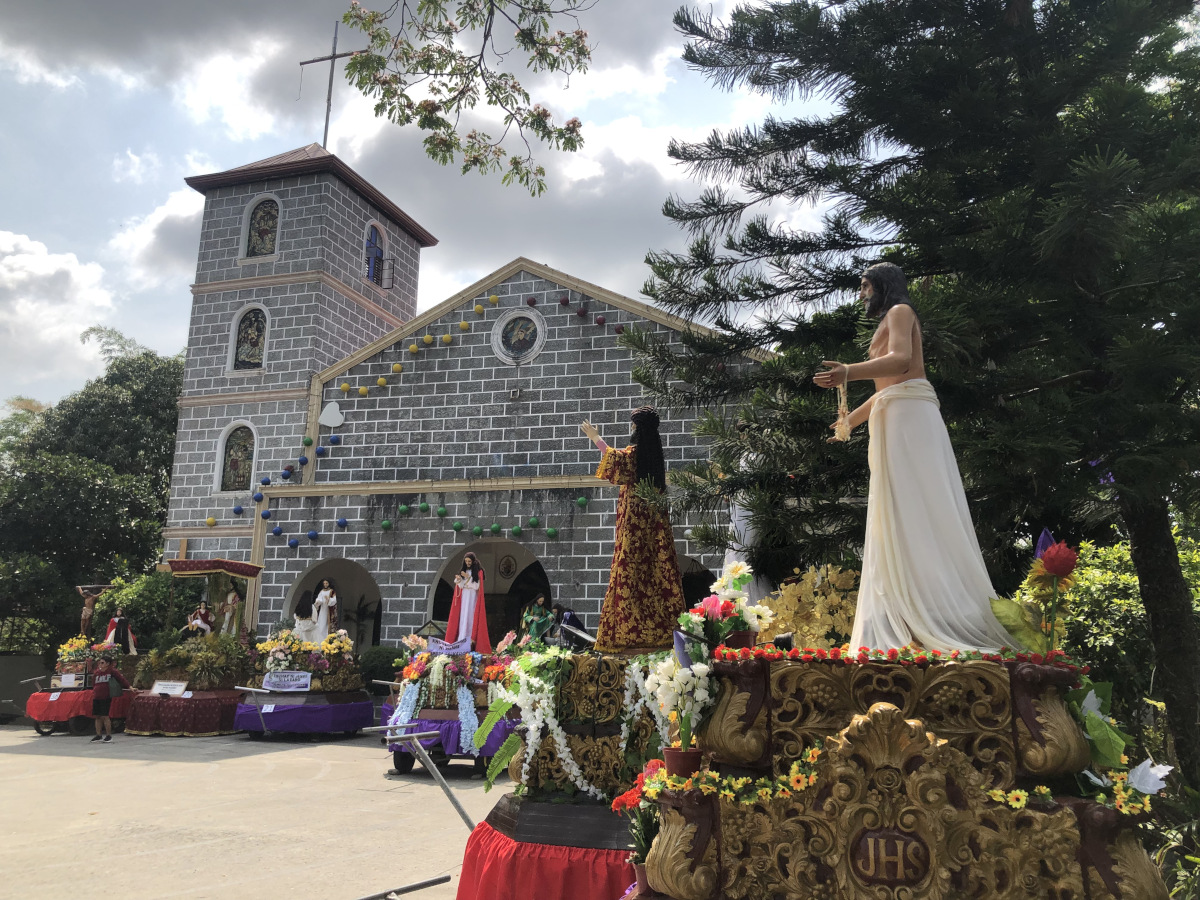
Before the internet and social media revolutionized the world, most Filipino Catholics looked forward to the Holy Week to spend a long weekend with family at home, join religious activities and observe traditions passed from one generation to the next.
Now that we’re overwhelmed with advertisements and posts on social media platforms as well as in the traditional media about places to explore and unique experiences to try, more families and barkada seem to be drawn away from Church activities.
And with the pandemic-related travel restrictions lifted, many spent the Holy Week on trips to beach resorts and other tourist attractions here and overseas.
Gone are the days when all radio and television stations shut down on Maundy Thursday and Good Friday. Some would run canned movies like “The Ten Commandments;” others would air recorded ceremonies of the washing of the feet on Maundy Thursday and “The Seven Last Words” on Good Friday.
I grew up in a family of Catholics. My parents were active in the Church. While they did not force us to regularly attend Mass and other church activities, they did show us how faith impacts our life and strengthens us especially in times of difficulty. They sent us to Catholic schools that nourished that faith in God.
But we were also exposed to some superstitions related to the observance of the Holy Week. I had a grandmother who would frown at younger relatives traveling, particularly on Good Friday and Black Saturday. They believed that being on the road on those days could result in accidents and, if they do occur, injuries would take a long time to heal.
My siblings and I often reminisce about our Lola Maxima who would see to it that by noon on Good Friday we should have all taken a bath and stocked enough water to last until Sunday because the water would have blood by 3 p.m., the hour of Jesus Christ’s death.
To avoid being reprimanded, we would fill all containers, including drinking glasses, with water from the hand water pump that was then too heavy for us. The boys should go to the farm at noon and look for a tree called bitungol. They would gather leaves that would later be air-dried and made into a tea. We don’t see that kind of tree anymore.
My grandmother was strict. By 3 p.m. of Good Friday, we should be doing nothing but praying. The naughty ones would say in jest that there was nobody to pray to because Jesus was dead. That was sure to elicit a frown from the elders.
Singing was a no-no, except for the Pabasa ng Pasyon in the church. In my younger years, I find the reading of the Pasyon – a narration of the life, passion, death, and resurrection of Jesus Christ – captivating.
Readers have their own way of chanting the verses a cappella. On some nights, generous families sponsored competitions for the best group of readers. To enliven the event, others use a guitar or other musical instruments as accompaniment.
Nowadays, the pabasa is left to a few who have committed (panata) to doing it every year. You can even hear rock and roll music or videoke singing in the neighborhood during the holy days, drowning out the pabasa.
My 20-year-old nephew noticed that many of the young families and groups of teenagers visiting the churches for the Lenten tradition of Visita Iglesia were not reciting the Way of the Cross as we have been doing. As soon as they arrive, they would pose for pictures in front of the church, or take photos of the façade, then enter and shoot more photos of the altar and other interesting parts of the church. They would sit down for a few minutes then leave after taking a few more shots and selfies.
A good number are still properly observing the Way of the Cross, depicting Christ’s journey from the time he was condemned to death leading up to his crucifixion until he was taken down from the cross and placed in a sepulcher. Some booklets include reflections which can help one understand what each of the 14 stations mean and how these can apply to our daily lives.
Over the years, I have observed that people participating in the Holy Week activities in churches are fewer in number and the observance becoming less solemn because of the temptations for some to take as many photos as they can for posting on their social media accounts. I know of some who opted to just stay home and watch livestreaming of the church activities because they cannot stand the summer heat outside the home. Others prefer to take the time off to visit other countries for recreation.
Setting up the altars and other parts of the church to make them Instagrammable, or visually appealing for posting on Instagram may be attracting young people to go to church. However, they may be distracting to others who would want to pray quietly.
What can the Catholic Church do to preserve the solemn observance of the Holy Week and attract more people to participate in the Lenten activities? Perhaps a strong appeal to business leaders, particularly those in the tourism sector, to make their vacation packages less attractive during the Holy Week or entice them to include religious activities in their resorts.
Are we becoming too social media-conscious now that we give less importance to the solemnity of religious activities during the Holy Week?



